Ahead of Diwali, the Supreme Court has eased the blanket ban on firecrackers in the National Capital Region (NCR). The apex court on Wednesday (October 15) permitted the use of green crackers in Delhi-NCR for Diwali, albeit with certain restrictions.
The debate over bursting firecrackers gains momentum every year before the festival of lights, as air quality starts deteriorating in Delhi and its neighbouring areas as winter approaches. To keep a check on the rising pollution levels, several states and Union Territories restrict or ban the burning of firecrackers.
However, this time, the Centre and Delhi government had urged the apex court to allow the bursting of green firecrackers in Delhi-NCR on occasions like Diwali, Guru Purab and Christmas.
Let’s take a closer look.
What SC has said
The Supreme Court has allowed the sale and bursting of green crackers for Diwali.
“As a temporary measure, we allow bursting of crackers from October 18 to 21. Crackers are smuggled into Delhi-NCR, and they cause more damage than green firecrackers,” Chief Justice of India (CJI) BR Gavai said.
“We have to take a balanced approach, permitting it in moderation while not compromising with the environment,” he added.
A bench comprising CJI Gavai and Justice K Vinod Chandran said that firecrackers will be permitted only between 6 am and 7 am, and then from 8 pm to 10 pm on Diwali and the day before the festival.
Impact Shorts
More ShortsThe apex court said it is a temporary measure to evaluate whether a carefully regulated relaxation could work alongside efforts to curb pollution.
The bench directed the Central Pollution Control Board (CPCB) and state boards to monitor air and water quality during the period and submit a report from October 14 to 21 on the impact of crackers on Delhi’s air quality.
The court allowed the sale and bursting of only certified green crackers with QR codes at designated locations. It warned of strict action against those violating the order, including cancellation of the license.
These green crackers cannot be sold through e-commerce websites. The court also told the police to set up patrol teams to carry out regular checks on firecracker manufacturers, adding that their QR codes have to be uploaded to websites.
Crackers from outside Delhi-NCR will not be permitted to be sold within the region. In case of violations, the licences of sellers will be suspended.
The bench said these measures were meant to balance the “sentiments of individuals during the festive season, livelihood concerns of the industry, and the right to clean air.”
On October 10, the Supreme Court had reserved its orders on pleas submitted by the Centre and Delhi government seeking permission to manufacture and sell green firecrackers in the national capital and its nearby region during the festive season.
What are green crackers?
Green crackers are low-emission crackers that do not contain harmful chemicals like sulphur nitrates, arsenic, sodium, lead, magnesium, and barium.
The crackers were developed and designed by the Council for Scientific and Industrial Research (CSIR)-National Environmental Engineering Research Institute (NEERI) in 2018.
According to CSIR-NEERI, green crackers have a smaller shell, no ash, and low usage of raw materials. They also release water vapour, which works as a dust suppressant.
These crackers are said to be produced using alternative raw materials to reduce their impact on the environment and pose fewer health risks.
Are green crackers really better?
Green crackers are touted as “eco-friendly” as they are said to cause less air and noise pollution as compared to traditional fireworks.
These firecrackers emit about 30 per cent less noise than conventional crackers. While regular crackers emit about 160 decibels of sound, green crackers are said to have a sound level of 110-125 decibels.
It is also said that green firecrackers produce less particulate matter (PM) by 25-30 per cent compared to traditional ones.
But even with a 30 per cent reduction in PM levels, the pollution caused by green crackers would still be high, pulmonologist Dr Sundeep Salvi told Deccan Herald (DH) in 2022.
Dr Salvi, who was a part of the team that monitored firecracker pollution levels in Pune a few years ago, said: “People bursting crackers directly and those watching in the vicinity are heavily exposed to pollutants in their breathing zone. We found that burning a sparkler alone generated PM2.5 levels of 5000 micrograms/cubic metre. Even if green crackers reduce this by 30 per cent, it would be way above the safety limit of 25 microgram/cubic metre.”
According to a 2022 Delhi Technological University study, even green crackers emit high concentrations of ultrafine particles that could penetrate deep into the lungs.
Experts have warned that relaxations by allowing bursting green crackers could be a setback. As per Times of India, they underlined that between 2018 and 2020, pollution levels during Diwali remained “severe”, even though only green crackers were allowed.
Activist Bhavreen Kandhari told the newspaper that green crackers are far from safe. “CSIR-NEERI data shows only about a 30 per cent drop in emissions under lab conditions. In Delhi’s winter, when pollution gets trapped under cold air, that reduction becomes meaningless. A single night of fireworks can poison the air for days. Allowing crackers, green or otherwise, means asking the youngest and oldest among us to pay the price,” she said.
Experts have already sounded an alarm that this Diwali could see worse pollution than last year, with air quality beginning to plunge since the withdrawal of the monsoon.
Sunil Dahiya, founder of think tank EnviroCatalysts, told TOI, “With emissions from transport, power, and construction already high, any relaxation on crackers—even green ones—will push Delhi deeper into the severe pollution category.”
With inputs from agencies


)
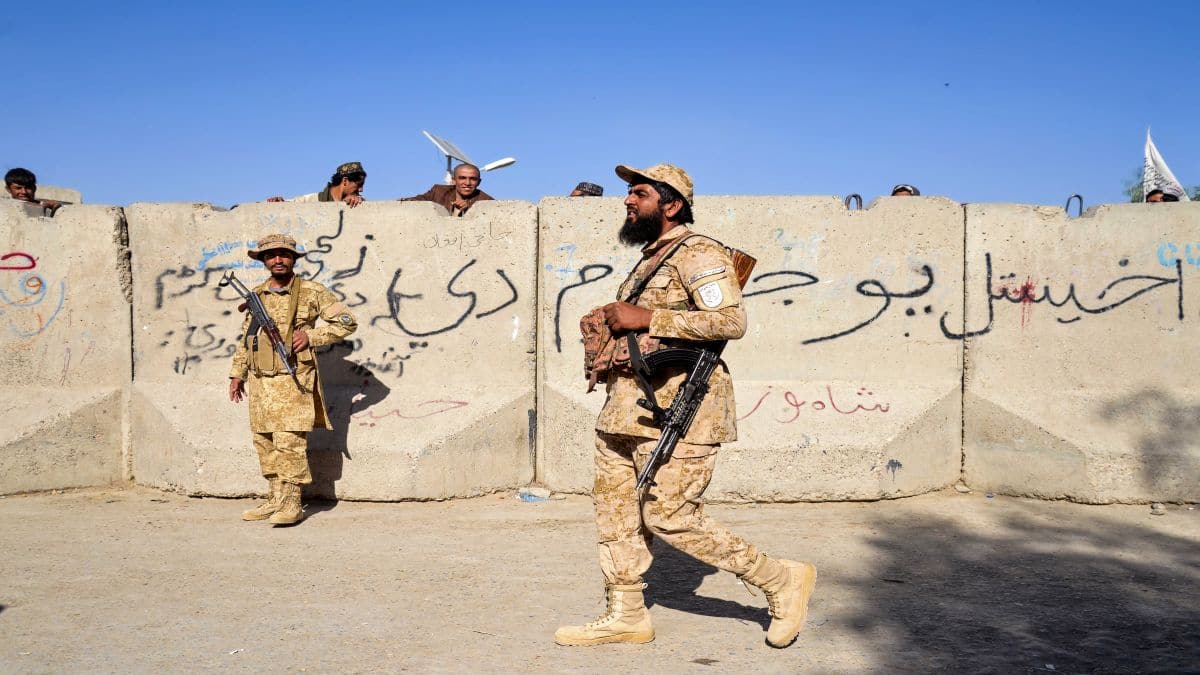
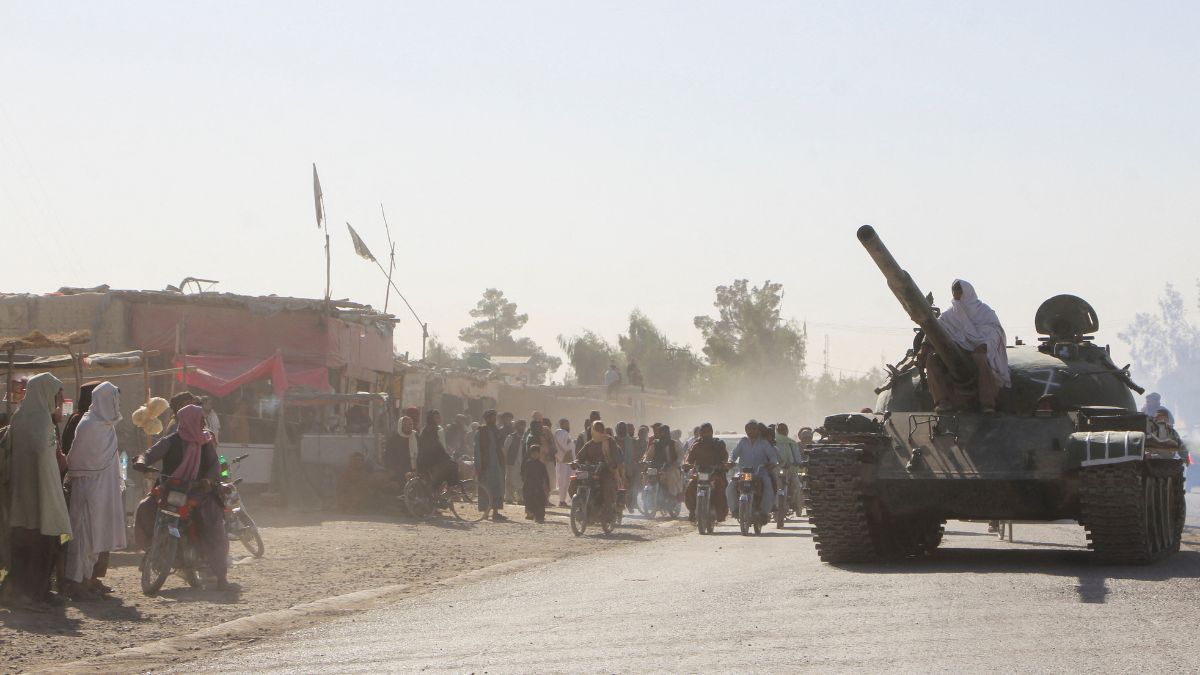)
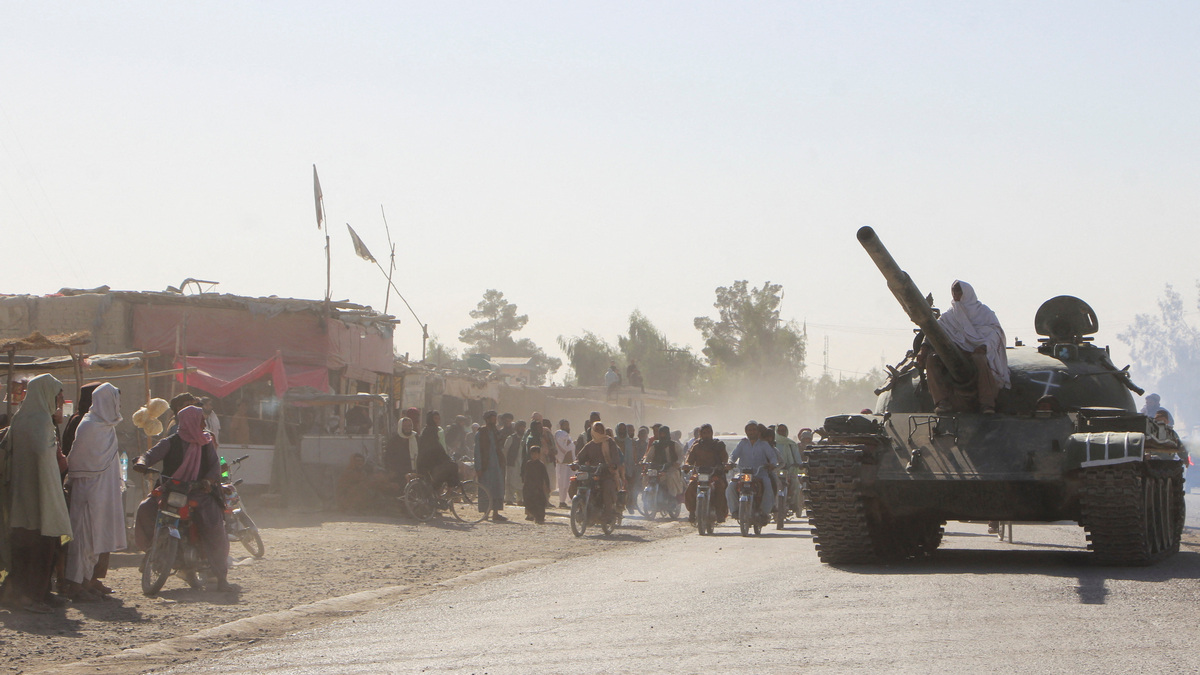)
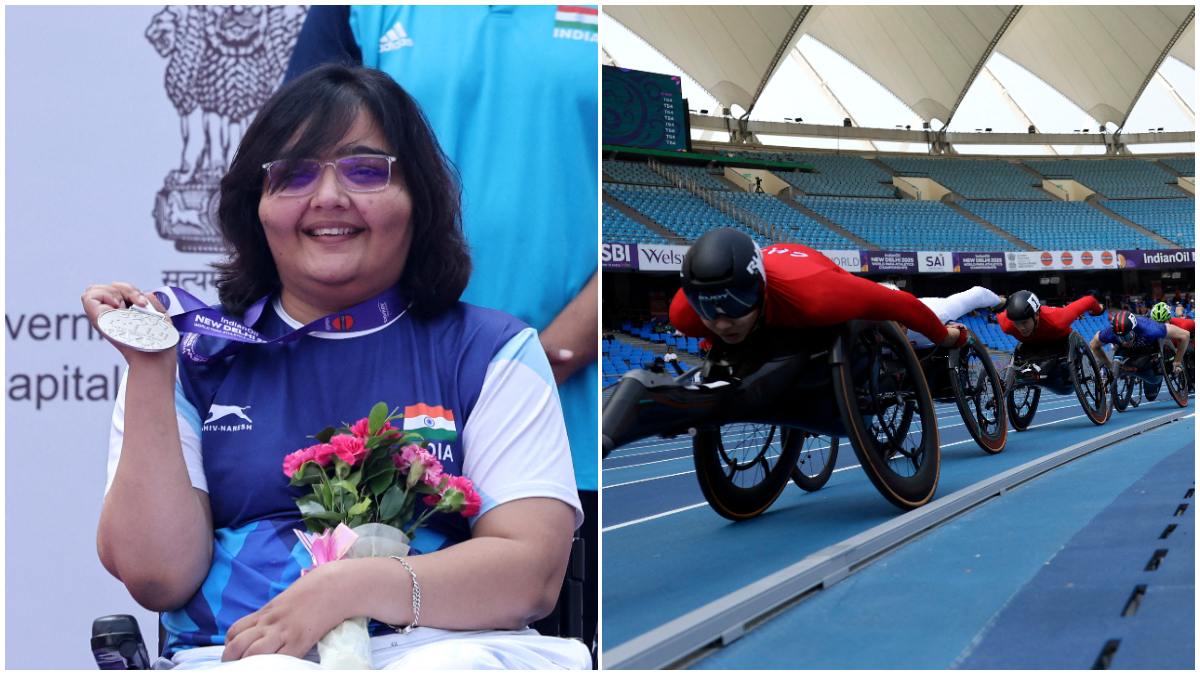)
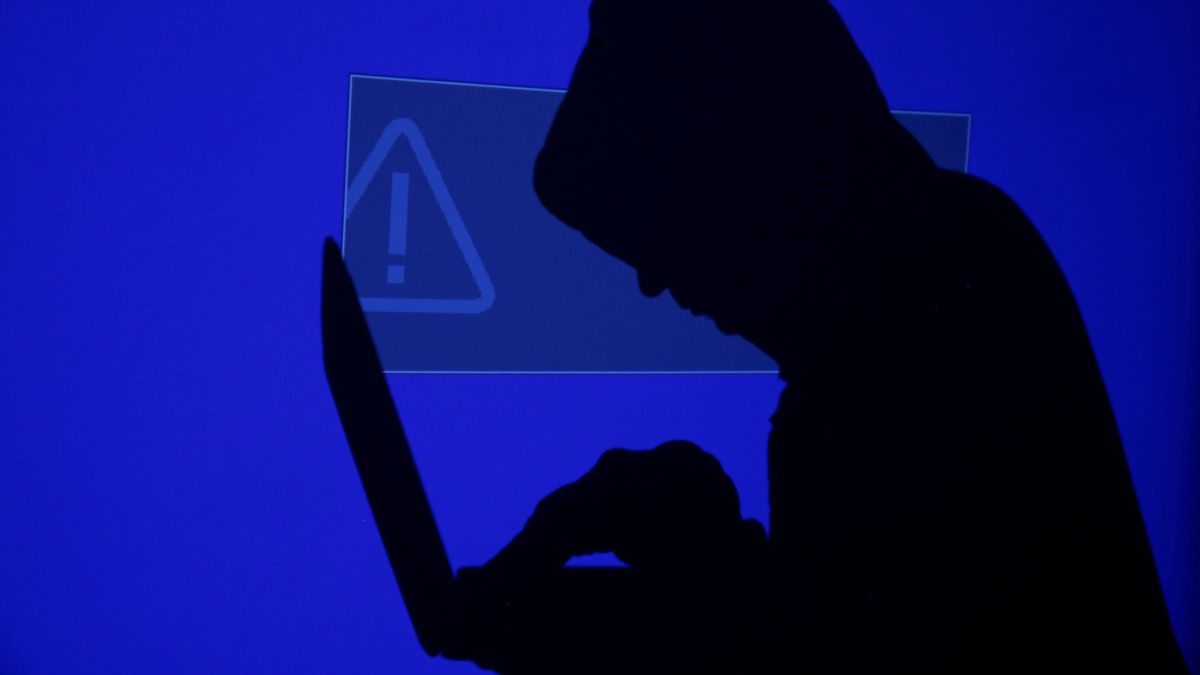)
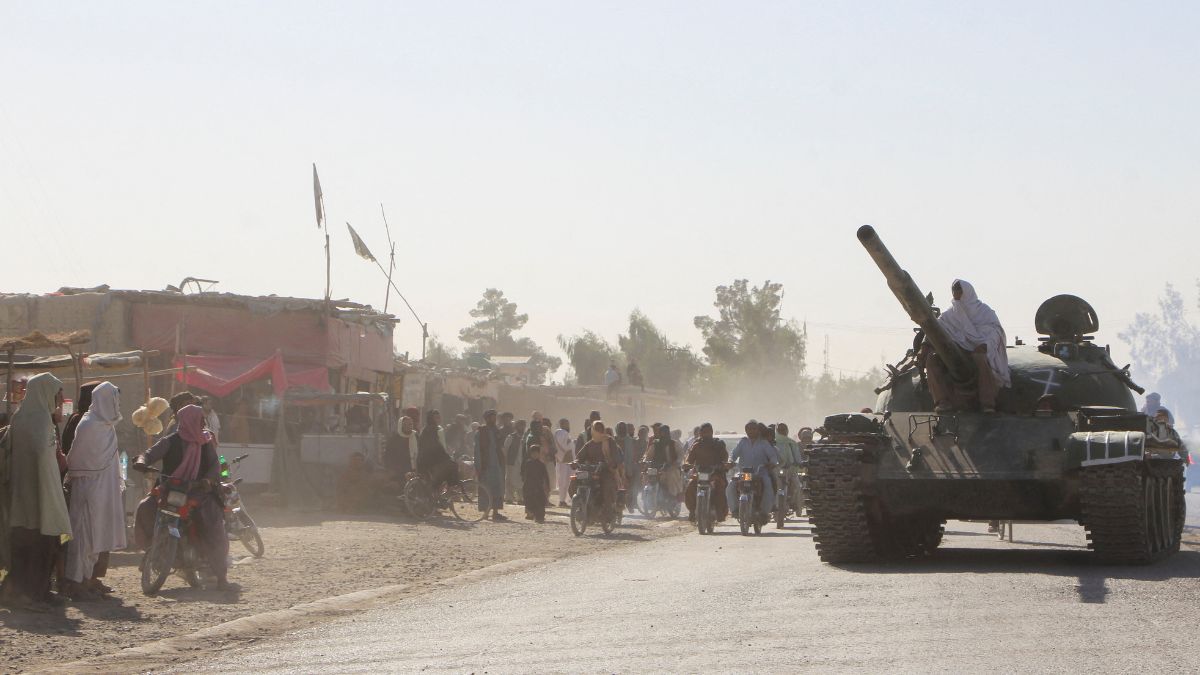)
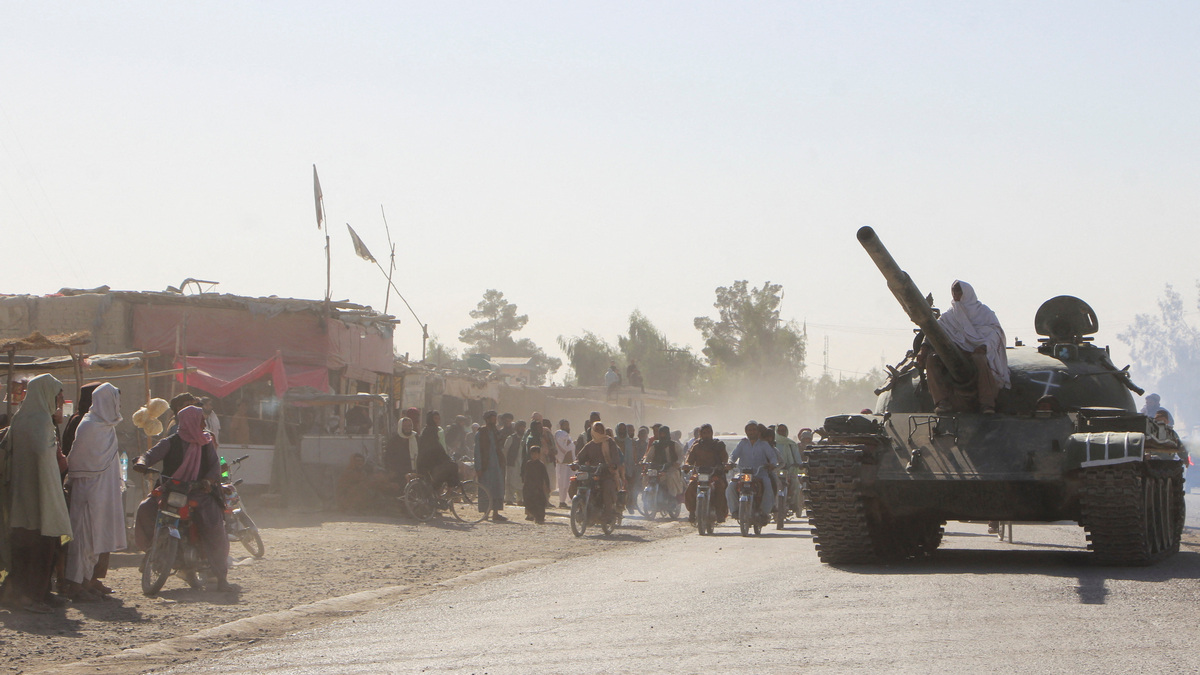)
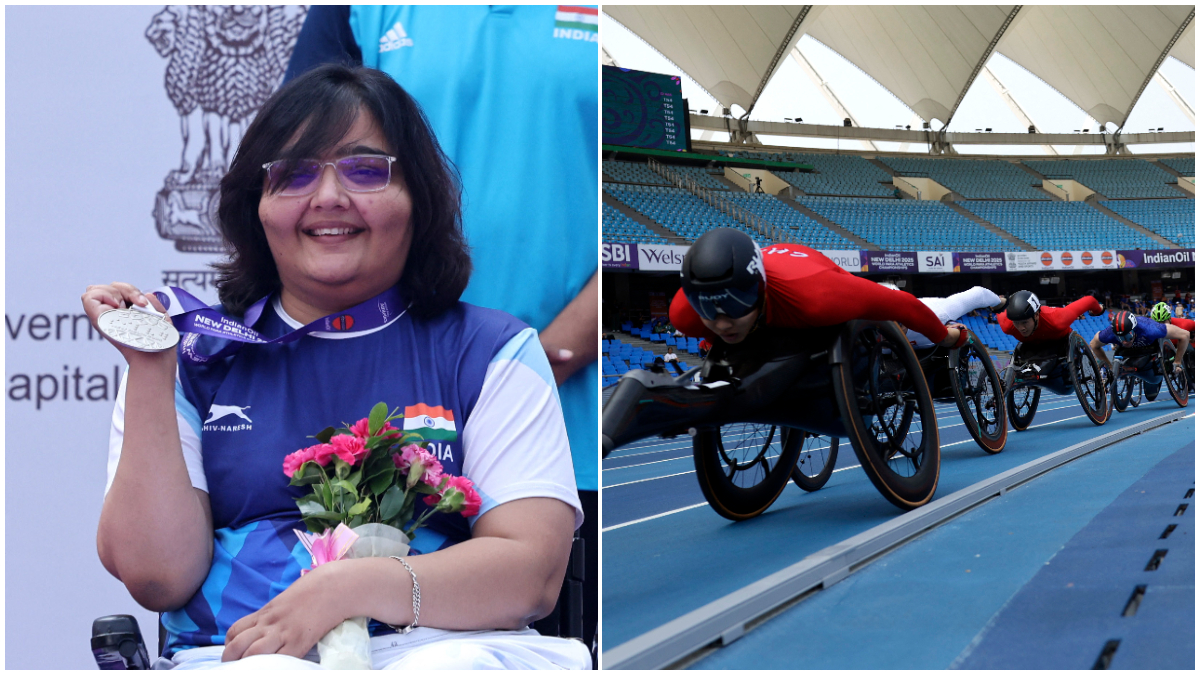)
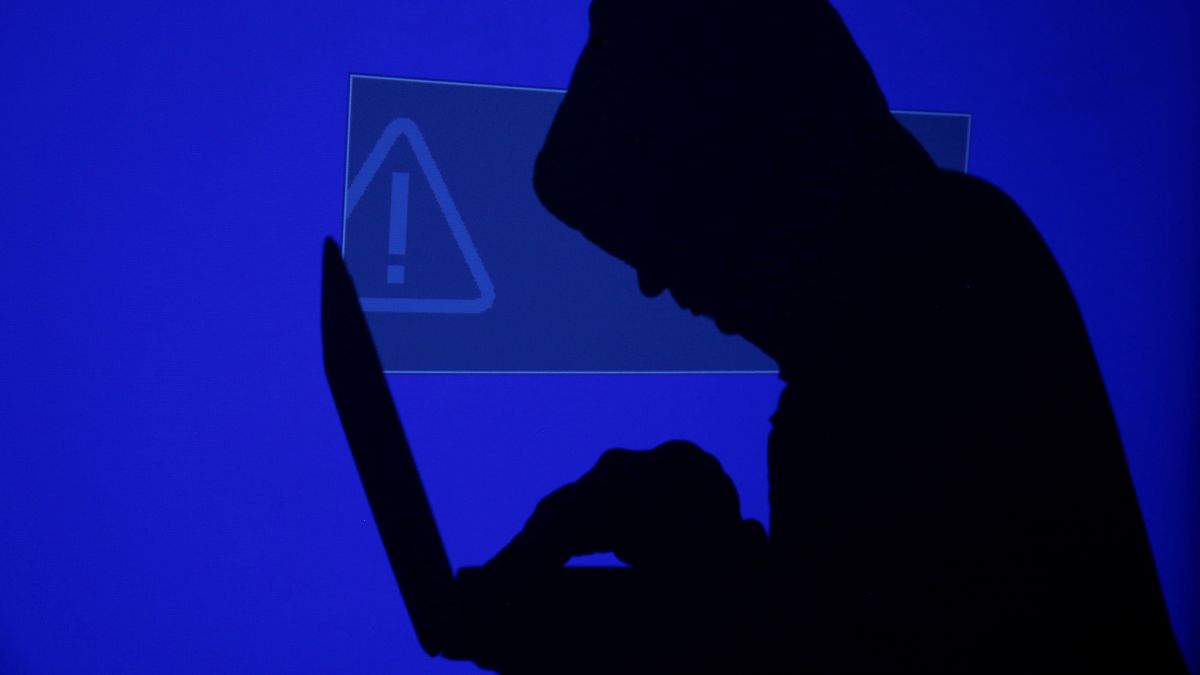)



